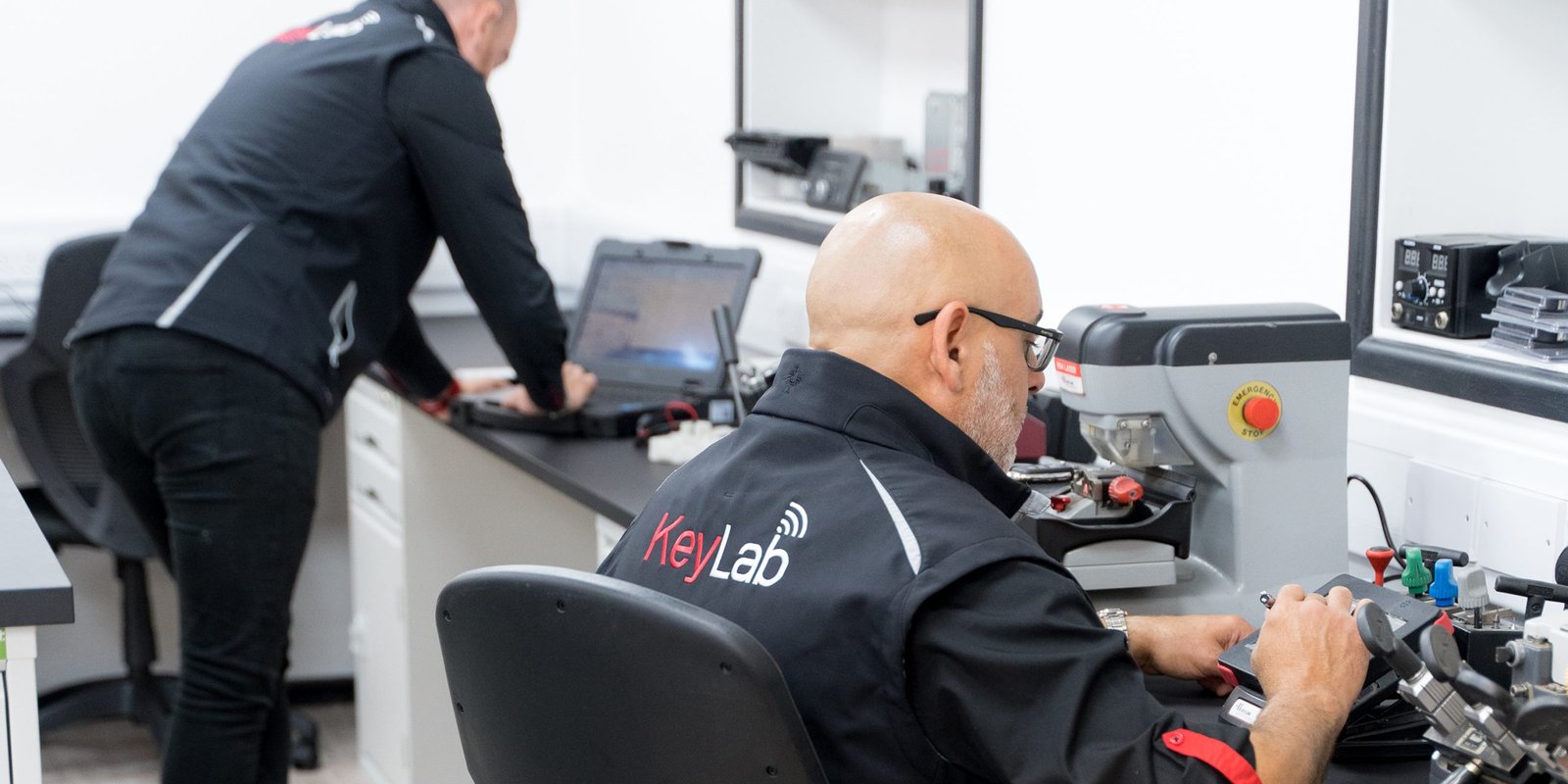11 Methods To Completely Defeat Your Ghost Installation

Ghost Installation: A Comprehensive Guide
Ghost installation, a term frequently experienced in the worlds of computing and system provisioning, refers to the process of deploying a pre-configured disk image to computers or servers. This approach improves the installation process, making it especially valuable for organizations aiming to set up multiple systems effectively. This post looks into the principle of ghost installation, its applications, benefits, and an extensive introduction of the process included.
What is Ghost Installation?
Ghost installation is primarily related to disk imaging innovation. A disk image is a complete copy of the contents of a storage device, including the os, applications, setups, and files. When releasing brand-new systems or revitalizing existing ones, companies can use disk imaging to rapidly duplicate the desired setup on several machines. This technology is particularly favored in business environments, universities, and anywhere mass release is necessary.
Secret Technologies
Ghost installation often leverages innovative imaging software application. Notable alternatives consist of:
- Norton Ghost: One of the original disk imaging tools that promoted the term "ghosting" in the 1990s.
- Clonezilla: An open-source software solution known for its versatility and cost-effectiveness.
- Microsoft Deployment Toolkit (MDT): A thorough tool that permits automated Windows installations utilizing disk images.
- Acronis Snap Deploy: A paid option that uses robust imaging abilities and advanced management functions.
Table 1: Comparison of Ghost Installation Software
| Software application | Cost | Platforms Supported | Reduce of Use | Key Features |
|---|---|---|---|---|
| Norton Ghost | Paid | Windows | Moderate | Complete disk backups, incremental cloning |
| Clonezilla | Free | Windows, Linux | Moderate | Disk imaging, cloning, restoration |
| Microsoft Deployment Toolkit | Free | Windows | Easy | Automated installations, task sequencing |
| Acronis Snap Deploy | Paid | Windows, Linux | Easy | Multicast deployment, central management |
Benefits of Ghost Installation
Ghost installations supply several benefits, particularly for IT departments handling many makers. Some advantages consist of:
- Time Efficiency: Manual installations can be lengthy. Ghost installation enables the rapid release of the very same setup throughout numerous systems.
- Consistency: Ensures that all devices have a consistent setup, which reduces compatibility issues and simplifies support.
- Cost-Effectiveness: By lessening the time spent on installations, companies can decrease labor costs.
- Disaster Recovery: Having a trusted disk image assists in quicker healing from system failures, permitting quick restoration of service.
- Scalability: Ghost installation processes can be easily scaled up or down depending upon the requirements of the organization, making it adaptable to various environments.
The Ghost Installation Process
Carrying out a ghost installation requires careful planning and execution. Below is a basic overview of the actions associated with this process:
Step 1: Create a Master Image
- Configure one system with the wanted operating system, applications, security settings, and configurations.
- Usage disk imaging software application to record the setup, developing a master image.
Step 2: Prepare Target Machines
- Ensure that all target makers meet the prerequisites embeded in the master system.
- Make essential hardware changes, if any, to accommodate the installation.
Action 3: Deploy the Image
- Boot target devices utilizing a network boot (PXE) or a bootable USB/CD consisting of the imaging software.
- Select the master image to be released and begin the installation process.
Step 4: Post-Installation
- When installed, carry out necessary checks to make sure that the system operates as expected.
- Apply last-minute configurations or updates.
- Make sure that all systems are securely configured and connected to the network.
Step 5: Regular Updates
- Keep the master image updated with the most recent software spots, configurations, and applications.
- Regularly evaluation and refresh the master image to ensure security and performance.
Frequently Asked Questions (FAQs)
What is the distinction between cloning and ghost installation?
Cloning generally refers to producing an exact, one-time copy of a disk, while ghost installation involves releasing a pre-configured image over several devices for mass releases.
Can ghost installations be performed throughout different hardware?
Yes, however hardware compatibility can present challenges. It is necessary to inspect driver assistance and hardware compatibility for the target devices before releasing the master image.
Is it possible to revert modifications made after a ghost installation?
Yes, if the initial master image is preserved, it can be redeployed to revert any unexpected changes or configurations.
How frequently should the master image be updated?
Routine updates are recommended, ideally whenever considerable software application updates or modifications happen. As a general rule, keeping a fresh image with the most recent security updates is recommended.
Ghost installation is an effective method for effectively releasing running systems and applications across numerous devices. With the right tools and a clear understanding of the procedure, companies can conserve time, minimize expenses, and enhance total system harmony. As innovation progresses, so too does the significance of streamlined deployment strategies. Embracing ghost installation can provide an one-upmanship in today's busy digital landscape. By following Article and frequently upgrading systems, companies can guarantee they are prepared for future difficulties while keeping operational performance.

